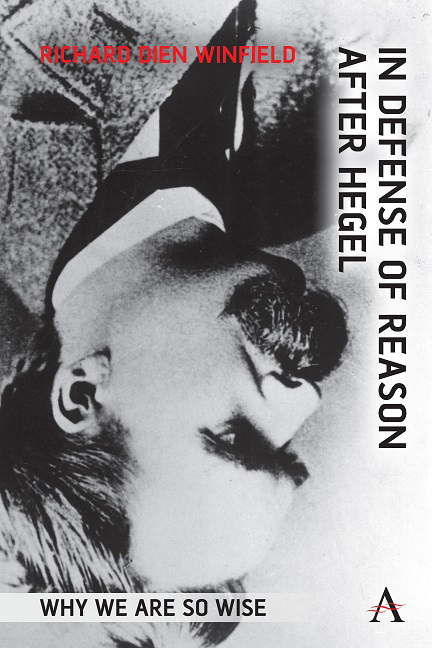Book contents
- Frontmatter
- Contents
- Acknowledgments
- Introduction
- 1 Why We Are So Wise: Hegelian Reflections on whether Reason Can Be Enhanced
- 2 Self-Determination in Logic and Reality
- 3 Hegel’s Overcoming of the Overcoming of Metaphysics
- 4 On Contradiction: Hegel versus Aristotle, Sextus Empiricus, and Kant
- 5 Overcoming Actuality: How Hegel Frees Us from the Prison of Modality
- 6 Time and Reason
- 7 Hegel and the Problem of Consciousness
- 8 Hegel and the Origin of Language
- 9 The Logic of Right
- 10 A Dream Deferred: From the US Constitution to the Universal Declaration of Human Rights
- 11 World Spirit on the Campaign Trail in Georgia: Can the Philosophy of Right Be a Guide to Social Reform?
- 12 The Classical Nude and the Limits of Sculpture
- Bibliography
- Index
12 - The Classical Nude and the Limits of Sculpture
Published online by Cambridge University Press: 26 May 2022
- Frontmatter
- Contents
- Acknowledgments
- Introduction
- 1 Why We Are So Wise: Hegelian Reflections on whether Reason Can Be Enhanced
- 2 Self-Determination in Logic and Reality
- 3 Hegel’s Overcoming of the Overcoming of Metaphysics
- 4 On Contradiction: Hegel versus Aristotle, Sextus Empiricus, and Kant
- 5 Overcoming Actuality: How Hegel Frees Us from the Prison of Modality
- 6 Time and Reason
- 7 Hegel and the Problem of Consciousness
- 8 Hegel and the Origin of Language
- 9 The Logic of Right
- 10 A Dream Deferred: From the US Constitution to the Universal Declaration of Human Rights
- 11 World Spirit on the Campaign Trail in Georgia: Can the Philosophy of Right Be a Guide to Social Reform?
- 12 The Classical Nude and the Limits of Sculpture
- Bibliography
- Index
Summary
The role of art has never been more contested than today. Whereas Plato could at least banish art from the polis with a clear idea of the rogue exile, contemporary aestheticians, art critics, and artists all seem so perplexed over the erosion and instability of aesthetic boundaries as to be unable to tell whether art has come to an end. Compounding the confusion is the uneven vitality of different arts. Whereas technological developments have spawned new arts, such as film and video, to which vast resources, talent, and attention have been lavished, older, supposedly perennial arts have languished. Does this mean that certain arts have slipped irretrievably into the past, that somehow certain media are no longer capable of giving artistic expression to the self-understanding of our time?
Sculpture might seem to be the living or, should one say, embalmed proof that if not all then at least some arts are dead. Although sculptors remain at work and political upheavals have put many a pedestal in need of a new occupant, the contemporary position of sculpture stands in stark contrast to the golden age of plastic expression, when no temple could be without its statue, no battlefield without its trophy, and no artist more venerated than a Phidias or Praxiteles.
Sculpture today may still provide the two satisfactions that plastic shaping can always offer. Simply by impressing matter with its most elementary form, spatial configuration, sculpture can furnish the juvenile pleasure of seeing our imagination and agency become the master of material. And, if the joy of making mud-pies is not enough, a purely formal, nonrepresentative sculpture can always decorate, adding charm to architectural or natural surroundings. But if sculpture aspires to provide a plastic expression of some self-understanding fundamental to modern humanity, the possibilities are less obvious. If abstract sculpture is to rise above plastic gratification and decoration, it might aim at exhibiting the sheer subjective mastery of an artistry for whom no objective configuration retains any essential significance, much as abstract painting or serial music might do. Yet when art proclaims the superfluity of every sensuous shape, can it avoid diminishing the stature of its own productions? When, by contrast, sculpture remains figurative, can it mold any form whose frozen surface gesture can be congruent with a modern subjectivity for whom an inner life of conscience, psychological reflection, and private concerns cannot be ignored?
- Type
- Chapter
- Information
- In Defense of Reason after HegelWhy We Are So Wise, pp. 197 - 212Publisher: Anthem PressPrint publication year: 2022

